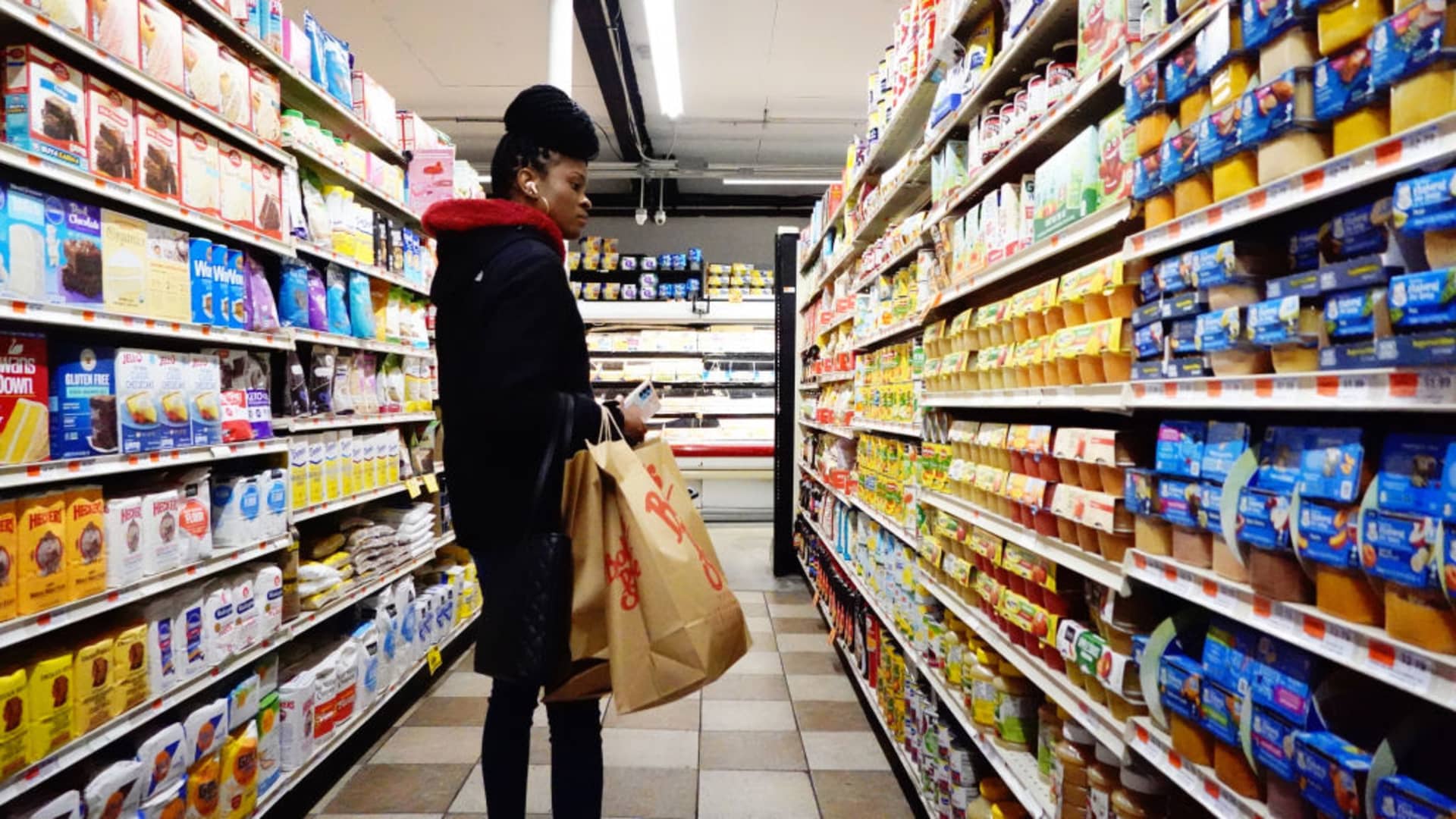Wholesale prices fell 0.5% in December, much more than expected
The producer price index was expected to decrease 0.1% in December, according to Dow Jones estimates.


Prices for wholesale goods and services fell sharply in December, providing another sign that inflation, while still high, is beginning to ease.
The producer price index, which measures final demand prices across hundreds of categories, declined 0.5% for the month, the Labor Department reported Wednesday. Economists surveyed by Dow Jones had been looking for a 0.1% decline. The decline was the biggest on a monthly basis since April 2020.
Excluding food and energy, the core PPI measure rose 0.1%, matching the estimate.
For the year, headline PPI rose 6.2%, the lowest annual level since March 2021 and down considerably from the 10% annual increase in 2021.
A sharp drop in energy prices helped bring the headline inflation reading down for the month. The PPI's final demand energy index plunged 7.9% on the month. Within that category, wholesale gasoline prices fell 13.4%.
The final demand food index also fell, declining 1.2%.
Inflation readings ahead could be less certain, though, as the cost for a gallon of gas is up about 21 cents from this time last month, and crude oil prices have risen about 1.6% so far in January.
Still, the general trend in inflation has been slightly lower. The consumer price index decreased 0.1% in December, though it was still up 6.5% from a year ago – 5.7% excluding food and energy. CPI gauges the prices that consumers pay at the marketplace, while PPI measures what business pay for goods and services.
The declining prices were reflected in another economic report released Wednesday.
Retail sales fell 1.1% in December, slightly more than the 1% forecast. Those numbers are not adjusted for inflation, so the latest reading reflects both receding inflation and tepid consumer demand during the holiday shopping season.
Excluding autos, retail sales also fell 1.1%, below the estimate for a 0.5% decrease.
The steep drop in sales suggest "that consumption growth is set to slow significantly in the first quarter," said Ian Shepherdson, chief economist at Pantheon Macroeconomics.
Again, gas sales played a big role, with sales at service stations sliding 4.6%. Department stores also reported a 6.6% decline, part of a broader 0.8% loss at general merchandise stores.
Most categories reported losses, with online sales down 1.1%, furniture and home furnishings off 2.5%, and motor vehicles and parts dealers decreasing 1.2%.
On a year-over-year basis, retail sales were still up 6%. That, however, was 0.5 percentage point below the headline CPI inflation number.
The lower inflation numbers are expected to impact Federal Reserve policy. Markets expect the central bank to raise its benchmark borrowing rate by 0.25 percentage point in February, representing another deceleration from what had been a blistering pace in 2022. The Fed hiked the rate 0.75 percentage point four straight times last year before approving a 0.5 percentage point move in December.

 Fransebas
Fransebas 































